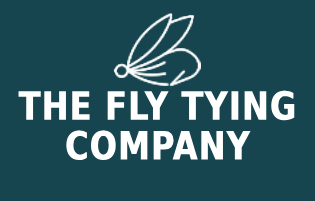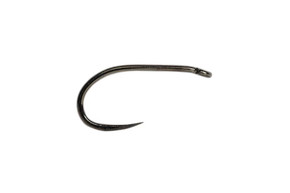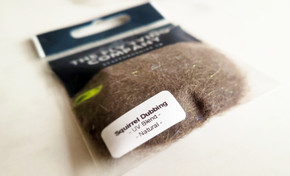Origin and History
The Blue Wing Olive (BWO) is one of the most important mayfly species in UK and European rivers. Belonging to the Baetis family, BWOs hatch throughout much of the season, providing consistent dry fly sport for trout and grayling. The fly pattern has been developed and refined over centuries, with traditional and modern versions imitating the delicate olive-bodied mayflies that are so vital in river ecosystems.
Materials
- Hook: Dry fly hook, sizes 14–20
- Thread: Olive or light brown, 8/0
- Tail: Coq de Leon or microfibre fibres
- Body: Fine olive dubbing or stripped quill
- Wings: CDC feathers or light poly yarn, tied upright and divided
- Hackle: Blue dun or medium dun cock hackle
Popular Variations
- Thorax BWO – with a darker thorax of peacock herl or dubbing
- CDC BWO – uses CDC wings for buoyancy and natural drift
- Parachute BWO – parachute hackle tied around a post for low-riding profile
- Emerger BWO – shuck of Antron at the tail to imitate emerging duns
- Spinner BWO – spent wings laid flat for late-evening spinner falls
Step-by-Step Tying Guide
- Start thread behind the eye and wind back to the hook bend.
- Tie in 2–3 fine fibres of Coq de Leon for the tail, about the length of the shank.
- Create a slim tapered body using olive dubbing or quill, stopping short of the thorax.
- Tie in upright wings of CDC or poly yarn, divided in a “V” shape.
- Add a thorax of slightly darker dubbing to bulk out behind the wings.
- Select a blue dun hackle and wind 2–3 turns in front of the wings for flotation.
- Form a small neat head with thread, whip finish, and add a touch of varnish if needed.
Seasonality & Representation
BWO hatches occur from early spring through late autumn, making them one of the most consistent dry fly opportunities in the UK. They represent the adult stage of the olive mayfly, which trout and grayling feed on eagerly, especially during overcast days or light rain when hatches intensify.
Tackle and Setup
- Rod: 8–9ft, 3–5wt
- Line: Floating line
- Leader: 10–12ft tapered, with 5–7X tippet for delicate presentation
- Setup: Fish singly during a hatch, or as part of a duo with a nymph beneath
Summary Table
| Aspect | Details |
|---|---|
| Origin | Classic Baetis mayfly imitation, centuries old |
| Best Seasons | Spring to Autumn |
| Represents | Blue Wing Olive mayflies (Baetis) |
| Hook Sizes | 14–20 |
| Tackle Setup | 8–9ft rod, floating line, long leader with fine tippet |












